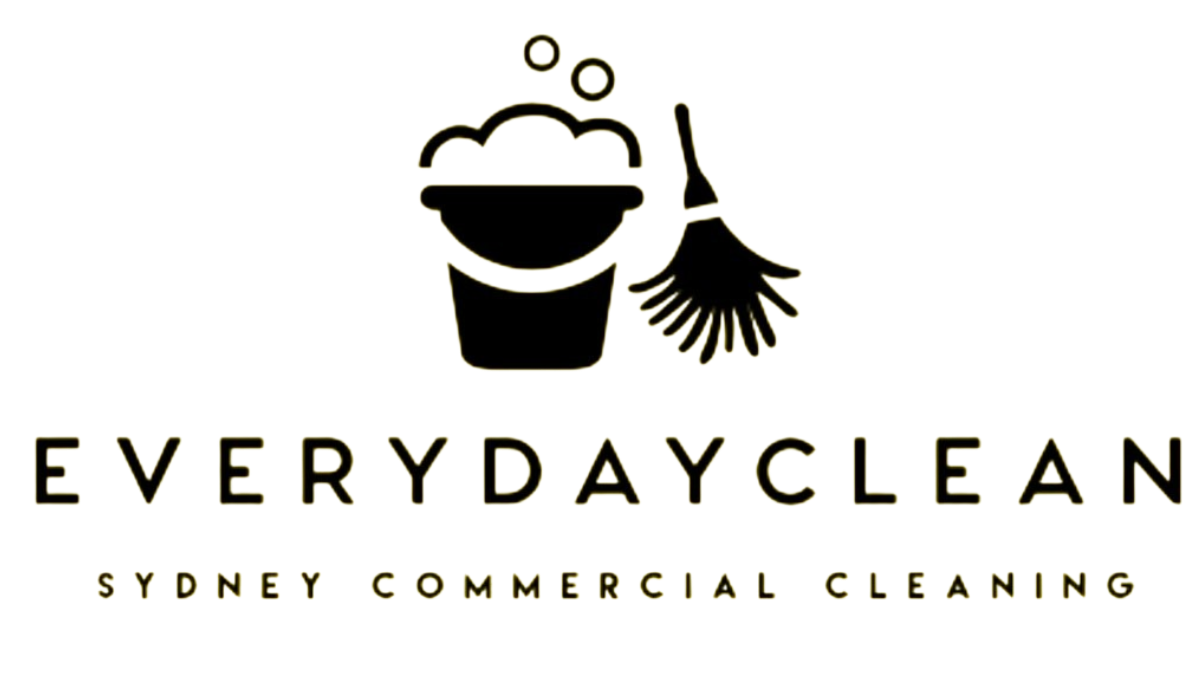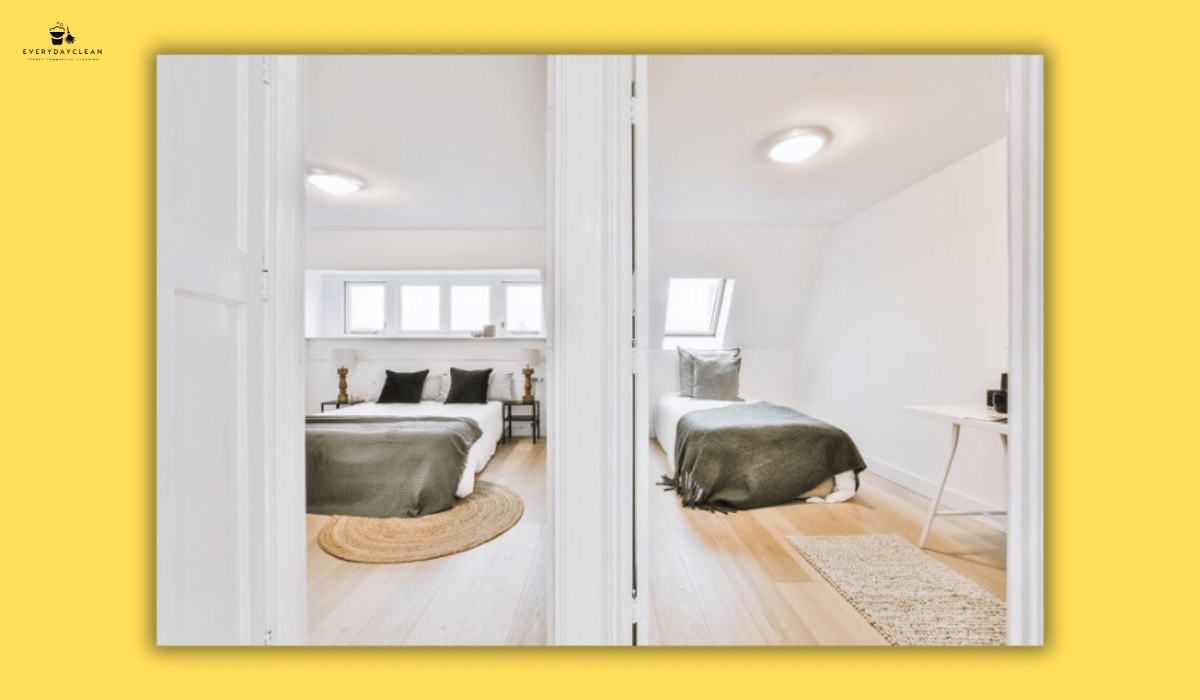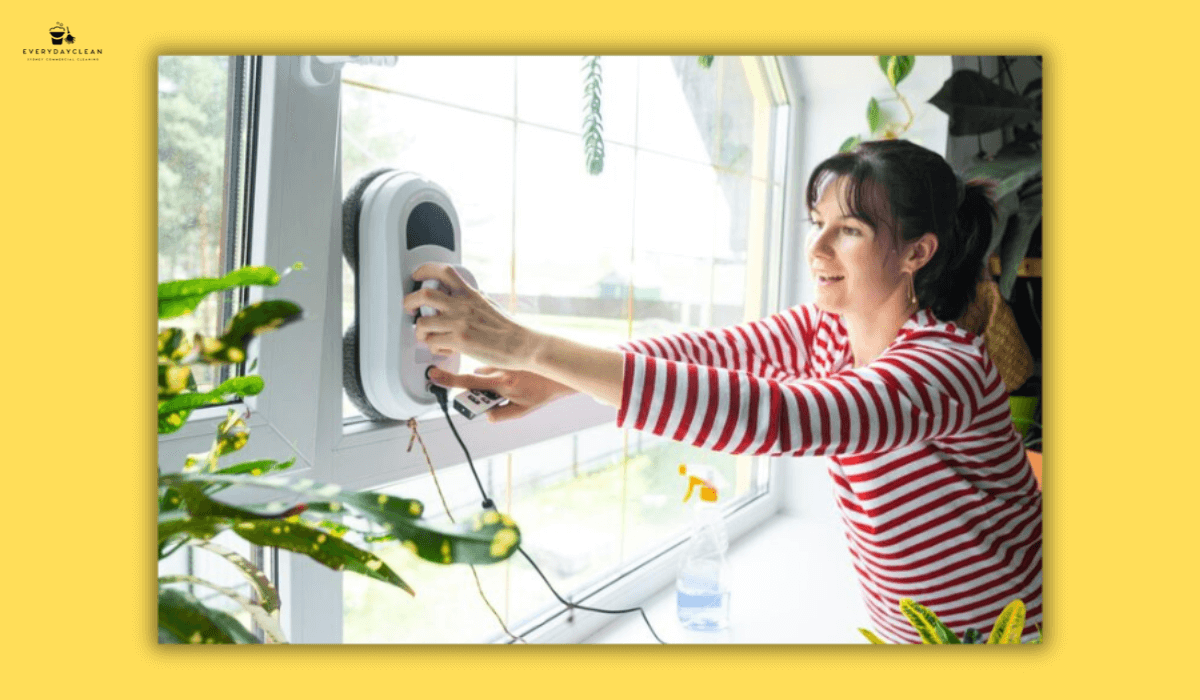Top 7 Child-Safe Disinfectants for Kids’ Spaces
Child-safe disinfectants include both natural solutions—such as diluted white vinegar, hydrogen peroxide, and baking soda—and commercial products made without bleach or synthetic fragrances. Many leading childcare-safe options use L-Lactic Acid or hypochlorous acid (HOCl), which disinfects effectively without triggering allergies or respiratory issues. To ensure safety, surfaces and toys should always be rinsed or fully dried after application, creating a hygienic environment that protects children while meeting commercial cleaning standards.
These cleaning practices also align with broader office cleaning safety tips, ensuring both child-facing and staff areas remain hygienic and compliant.
Top 7 Recommended Child-Safe Disinfectants
1. Hypochlorous Acid (HOCl) Sprays
Hypochlorous acid is widely used in hospitals and child care centres for its strong antimicrobial power combined with exceptional safety. HOCl disinfectants kill viruses and bacteria quickly while breaking down into harmless saline solution. They are fragrance-free, food-contact safe, and suitable for toys, high chairs, and bathrooms.
2. Hydrogen Peroxide Cleaners
Low-strength hydrogen peroxide (around 3%) is a proven disinfectant that leaves no harmful residue, breaking down into oxygen and water. It works well on tables, cot railings, and bathroom fixtures. For child-facing environments, only use peroxide products verified as food-safe and free from additives.
3. L-Lactic Acid Disinfectants
Many eco-brands now use L-Lactic Acid, a naturally occurring organic acid, as the active ingredient in disinfectants. It is highly effective against common bacteria and fungi while remaining non-toxic. Suitable for nappy change areas, toys, and food surfaces, L-Lactic Acid products combine safety with strong germ control.
4. Plant-Enzyme Based Cleaners
Enzyme-based disinfectants are ideal for removing organic residues such as food spills and bodily fluids while neutralising germs. These cleaners are non-corrosive, fragrance-free, and safe for repeated use in child care centres, making them a practical daily-use option.
5. Citric Acid Disinfectants
Citric acid, naturally found in citrus fruits, has antimicrobial properties that are harnessed in child-safe sprays and wipes. Many of these products are TGA-listed, making them suitable for food-contact surfaces, high chairs, and toys. They are effective yet gentle, with minimal odour and low allergenic potential.
6. Alcohol-Free Disinfectant Wipes
Specialised childcare wipes are alcohol-free, fragrance-free, and non-toxic, making them safe for quick cleaning of shared toys, high chairs, and snack tables. Unlike household wipes, these are tested for use in regulated facilities and should always be labelled as food-safe.
7. GECA-Certified Commercial Disinfectants
In Australia,
GECA (Good Environmental Choice Australia) certification indicates a product has been independently assessed for safety and sustainability. GECA-certified disinfectants suitable for child care environments are biodegradable, pH-neutral, and safe for high-touch surfaces. These products are widely used by professional cleaning contractors servicing schools and early learning centres.
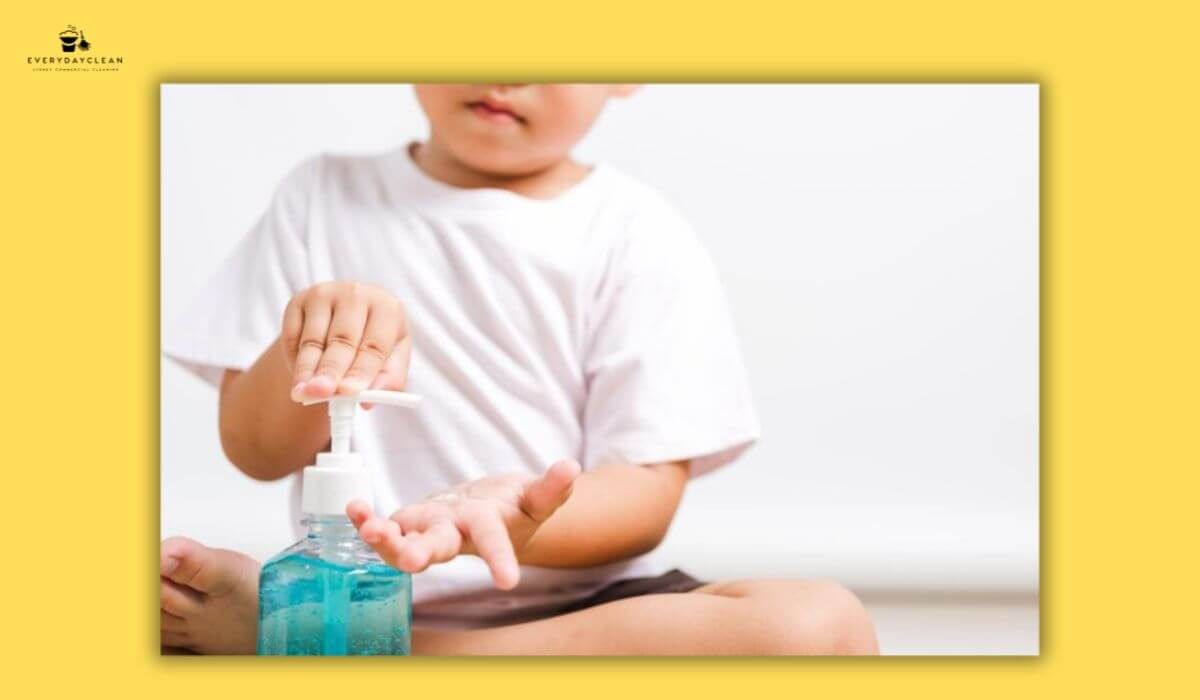
Checklist: How to Clean with Child-Safe Disinfectants
Using the right disinfectant is only effective when paired with safe cleaning practices. The following checklist outlines how to apply child-safe disinfectants in regulated facilities.
- Step 1: Choose a Verified Product – Ensure disinfectants are registered with the TGA or compliant with NICNAS. Avoid bleach, ammonia, and quats.
- Step 2: Clean Before Disinfecting – Use a pH-neutral detergent to remove dirt and organic matter first.
- Step 3: Apply When Children Are Absent – Disinfect early in the morning, during nap times, or after hours.
- Step 4: Allow Contact Time – Leave disinfectant on surfaces for 5–10 minutes to achieve full germ kill.
- Step 5: Rinse Where Required – Always rinse food-contact areas or mouthed toys.
- Step 6: Ventilate Before Reuse – Open windows or use ventilation systems to disperse vapours before children return.
What to Avoid in Child-Safe Disinfectants
Not all “eco” or “green” products are safe for children. Some contain harmful residues or allergens that can linger on surfaces.
Avoid disinfectants containing:
- Sodium hypochlorite (bleach)
- Ammonia
- Quaternary ammonium compounds (quats)
- Formaldehyde
- High-alcohol aerosol sprays
Instead, prioritise products with
neutral pH, low VOCs, fragrance-free formulas, and transparent Safety Data Sheets (SDS).
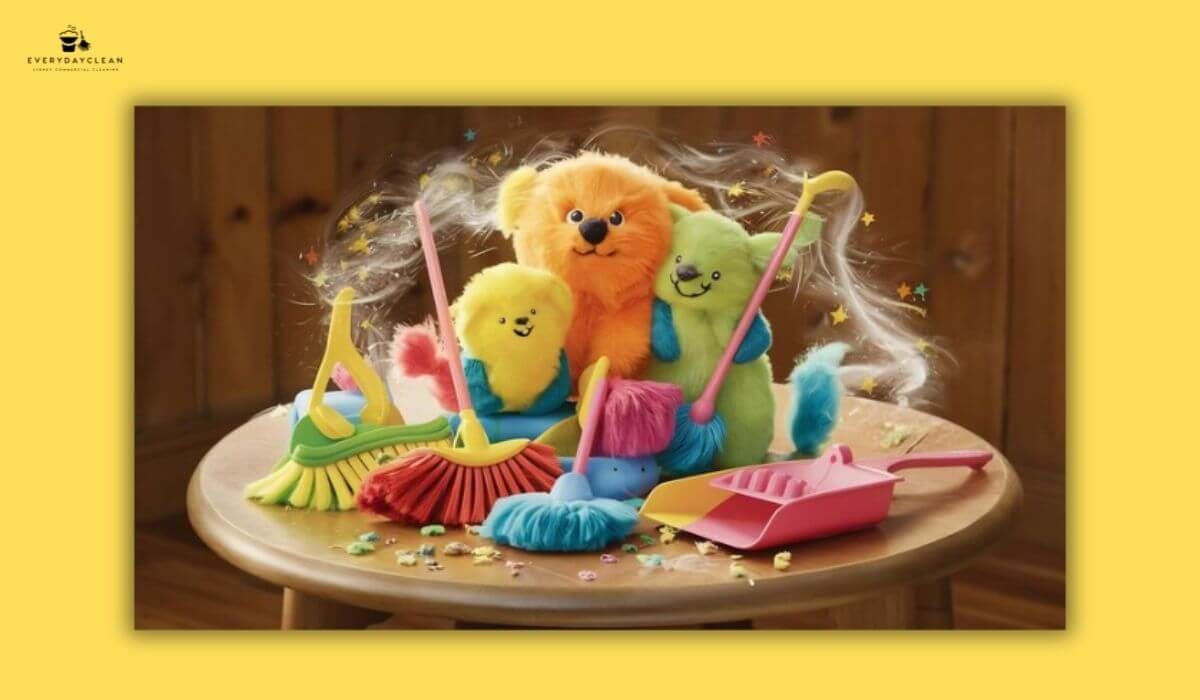
Daily Surfaces That Require Child-Safe Disinfection
To prevent cross-contamination and maintain hygiene, these surfaces should be disinfected every day:
- Tables, desks, and play areas
- High chairs and booster seats
- Nappy change tables
- Cot railings and sleep mats
- Shared toys and activity equipment
- Bathroom taps, cubicles, and toilets
- Door handles, light switches, and handrails
Extra attention should be given to items children may mouth or touch during meals and group play.
Cleaning Standards in Child-Focused Facilities
Commercial cleaning in childcare and paediatric facilities must meet strict Australian regulations. To remain compliant:
- Use only TGA-listed or NICNAS-verified disinfectants
- Maintain cleaning logs for each shift and area
- Train staff in WHS-compliant chemical handling
- Schedule cleaning to avoid child exposure
- Provide SDS documentation for all products used
Facilities regulated by ACECQA, NSW Health, or local councils may face inspections, making compliance and documentation essential.
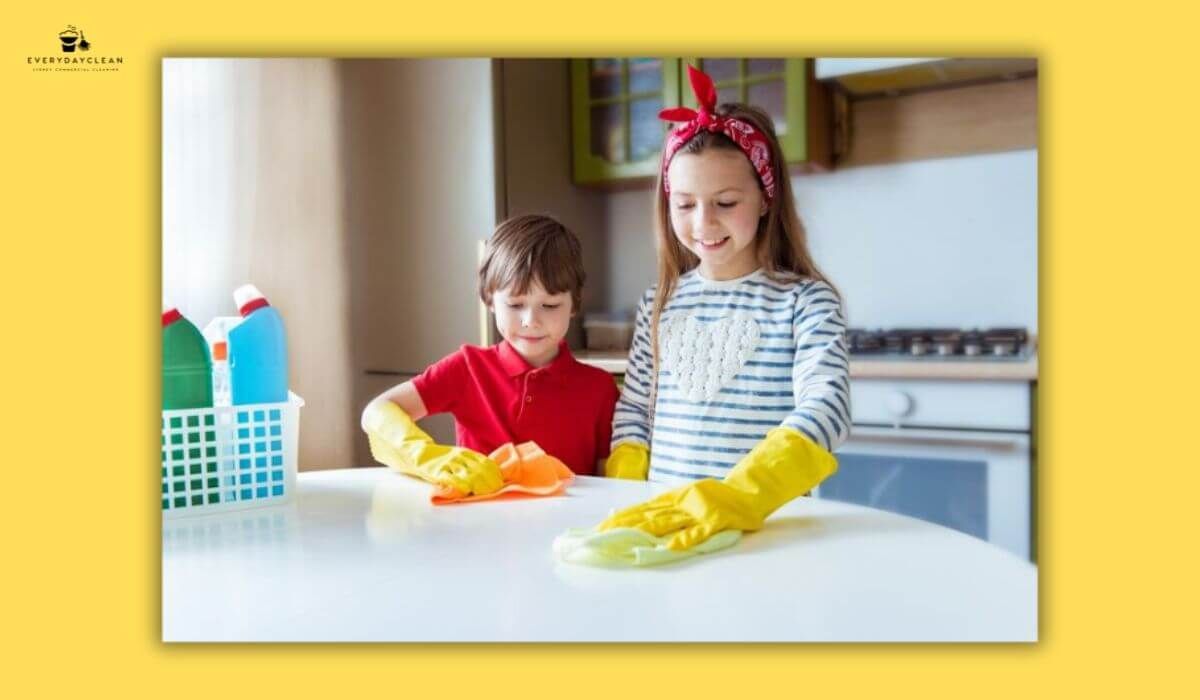
FAQs About Child-Safe Disinfectants
Parents and facility managers often raise similar questions when considering a switch to child-safe products.
What disinfectants are safe to use around babies and toddlers?
Disinfectants based on HOCl, hydrogen peroxide, citric acid, or L-Lactic Acid are safe options when registered with the TGA and free from bleach, ammonia, and artificial fragrances. These products are pH-neutral, food-safe, and effective without harsh residues. Always allow full drying time and ventilate before reintroducing children.
Can disinfectant wipes be used safely around children?
Yes, if they are alcohol-free, fragrance-free, and explicitly tested for childcare use. Wipes should be labelled as food-safe and disposed of immediately after use. Surfaces must be fully dry before children interact with them. Household wipes not certified for childcare are not recommended.
Are natural disinfectants strong enough for childcare use?
Some natural options, such as HOCl, citric acid, and L-Lactic Acid–based disinfectants, are strong enough when lab-tested and TGA-registered. However, not all “natural” products meet standards. Always check kill claims, review SDS documents, and confirm third-party certifications before use in early learning centres.
How do professional cleaners disinfect toys in childcare facilities?
Non-porous toys are first cleaned with detergent, then disinfected using child-safe sprays. For mouthed items, rinsing after disinfection is standard. Plush toys are washed in hot-water cycles. Shared toys are cleaned daily, with rotation schedules for classrooms. Professional cleaners follow WHS protocols to ensure safety without exposing children to harsh chemicals.
Commercial Cleaning with Child-Safe Disinfectants in Sydney
Everyday Clean delivers professional childcare cleaning services across Sydney, using TGA-listed, NICNAS-compliant, and GECA-certified disinfectants. Our protocols are tailored to:
- Maintain spotless, safe childcare environments
- Use fragrance-free, non-toxic disinfectants
- Follow WHS standards for chemical handling
- Provide SDS documentation and cleaning logs
From childcare centres to paediatric clinics, our teams ensure every surface is disinfected thoroughly and safely.
Author: Everyday Clean Content Team
Everyday Clean is Sydney’s trusted provider of commercial cleaning solutions, including pools, gyms, offices, and strata properties. Our licensed professionals use advanced, eco-friendly equipment to deliver safe, compliant, and spotless results. With deep experience across Sydney’s hospitality, fitness, and residential sectors, we help facilities maintain inviting, healthy environments that guests trust.
